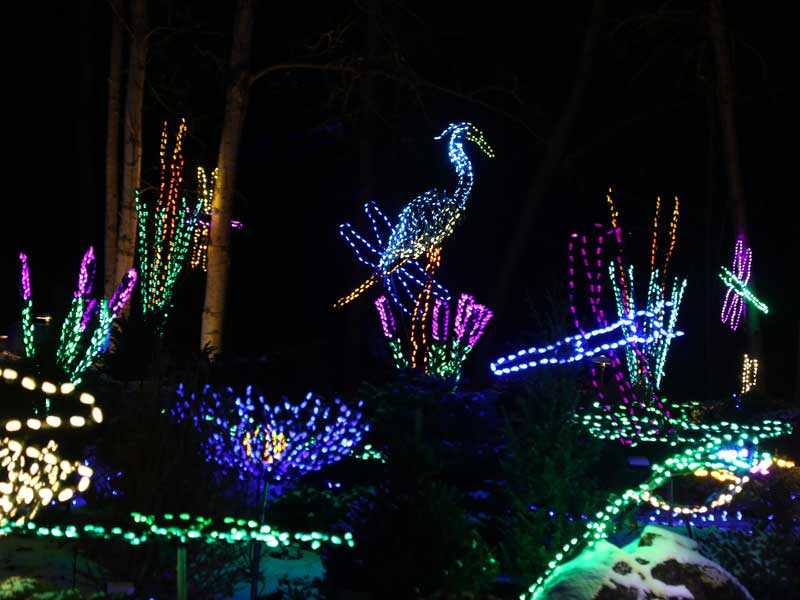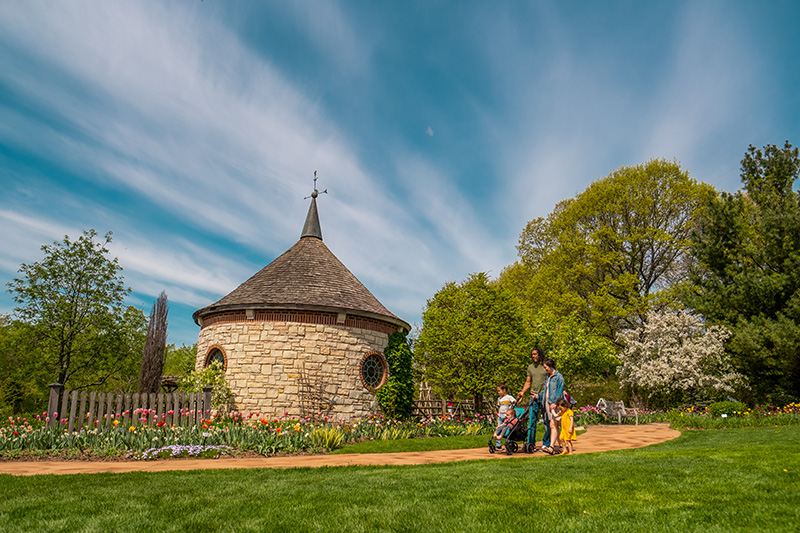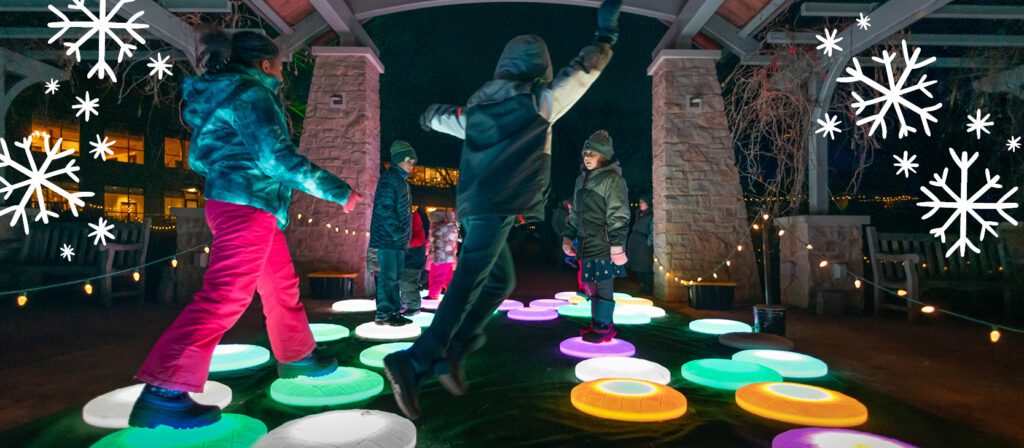Ever wonder why birds build nests in the first place?
In part two of our spotlight series on WPS Garden of Lights and how our light show displays connect to common wildlife sights in Wisconsin, we’ll learn about how bird nests are typically made, some of the birds that build nests, and their typical construction materials.
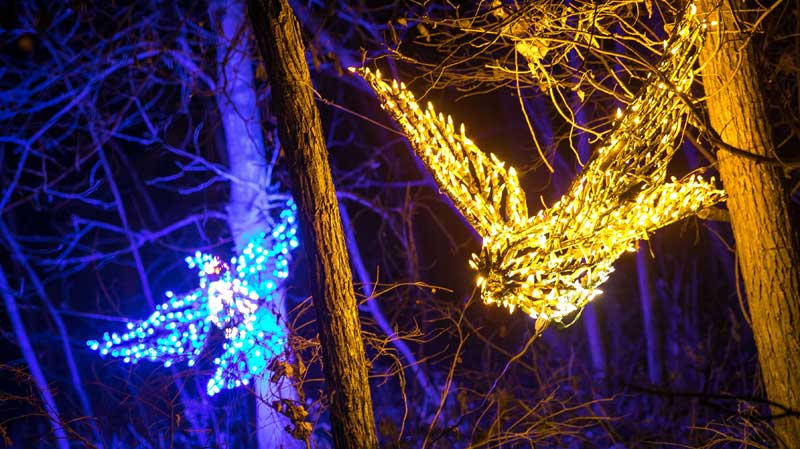

Next year, the Garden will welcome Habitat, an exhibition that explores the critical need for varied habitats, how interconnected and fragile they are, and what we can do to protect them. You’ll have the opportunity to see a variety of replica nests up close.
For now, here are just a few facts about nests and the birds that build them:
WHY DO BIRDS BUILD NESTS?
While the fact that birds build nests is nothing short of common knowledge for most of us, there isn’t just one type of nest. Birds around the world have varying nesting habitats and there are a wide number of types of nests.
Just like us, birds need a place to call home. To do this, almost all birds need to build nests. The primary function of nests is to provide a suitable location for parents to lay their eggs and/or raise their offspring. Birds also use nests to protect nestlings from predators and adverse weather, and to keep them warm. To minimize the threat of predators, birds may use or build nests that are inaccessible, hidden, or camouflaged.
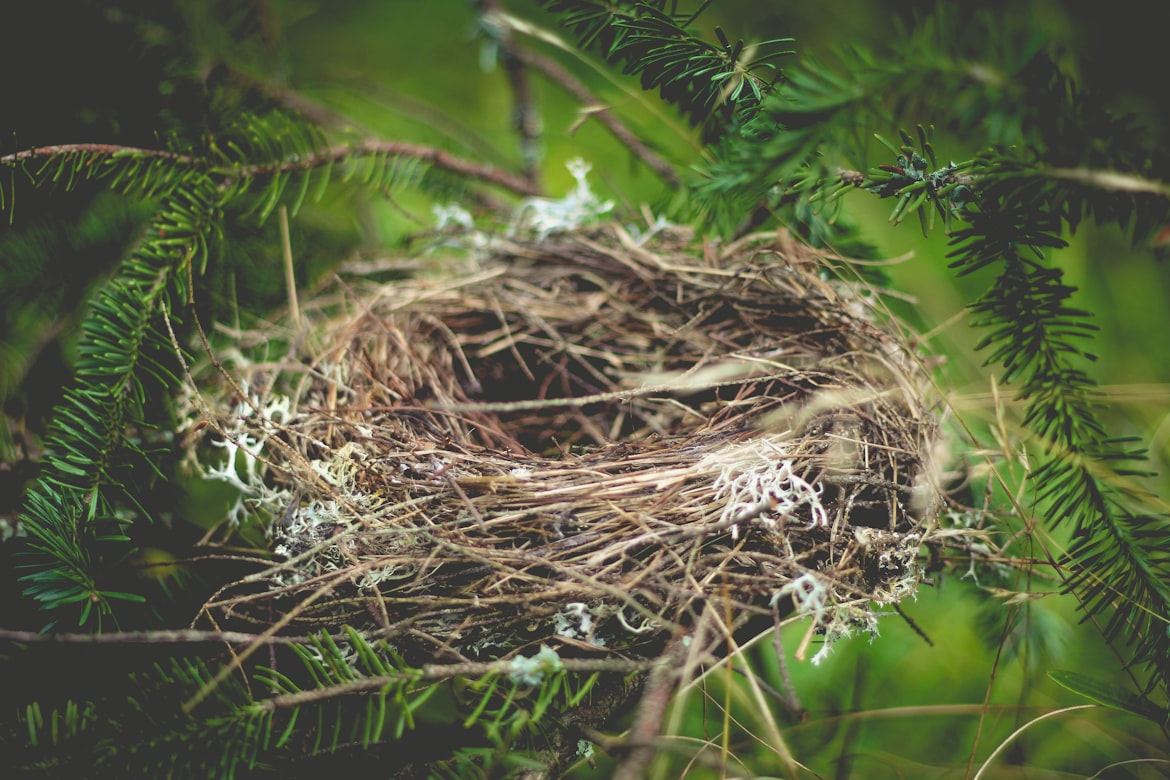
WHEN DO BIRDS BUILD NESTS?
For most birds, when a male and female form a breeding pair, nest building activities will follow. A nest site is first selected and then building begins. This can involve both birds as a pair or either sex alone. Different species of birds build different nests. Some nests are very simple constructions, while others are more complex.
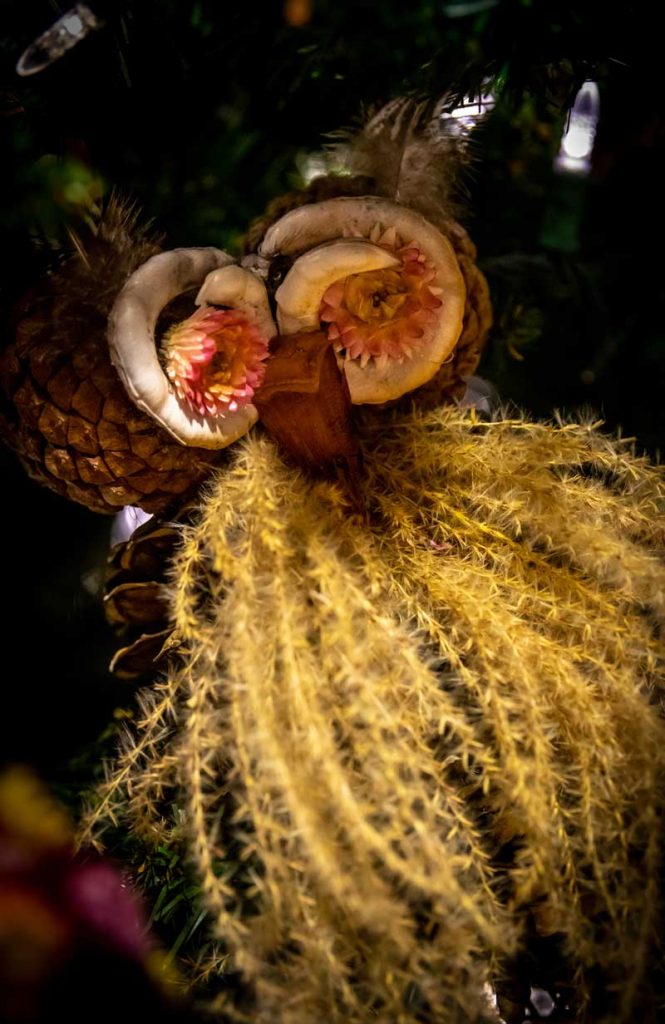

WHERE DO BIRDS BUILD NESTS?
Some birds build their nests directly on the ground. Often these nests are very simple hollows that birds make in which to lay their eggs. Birds that nest on the ground are vulnerable to predators so these nests are well-camouflaged to blend in with their habitat. Many birds make their nests in hedges, bushes, thickets, and small trees.
The Chiffchaff and the Blackcap are small birds that nest in thickets of bramble. Hedges, bushes, and thickets provide protection from predators and the weather. Blackbirds and Song Thrushes build their nests in bushes or small trees.

Larger birds, such as Crows, Magpies, and Wood Pigeons, make their nests in the tops of larger trees. The nests of these larger birds tend to be more visible, especially in late winter and early spring. Rooks nest in colonies (rookeries) at the tops of tall trees.
Holes in living trees and dead trees are often used as nesting sites. Coal Tits, Blue Tits, and Great Tits are among birds that make their nests in natural holes. Blue Tits will also use nesting boxes. Nuthatches may use mud to reduce the size of the hole. Woodpeckers excavate their own holes in trees to make their nest. Barn Owls and Tawny Owls may also use a hole in a tree for their nests.
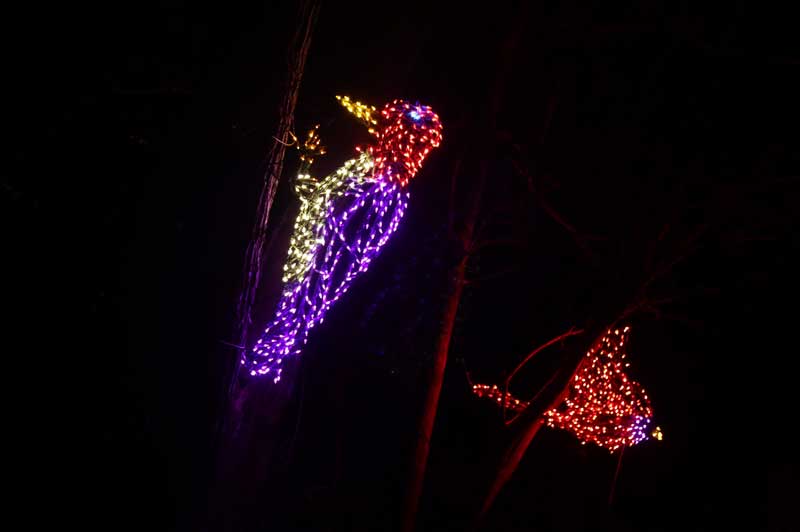

Swallows nest inside barns and other outbuildings. House Martins and Swifts are well known for making their nests under the eaves of roofs. Barn Owls nest in barns and ruins as well as in tree holes. House Sparrows nest in wall cavities, while Pigeons in urban settings nest on building ledges.
HOW DO BIRDS BUILD NESTS?
Each species of bird builds its own type of nest. Birds do not have to be taught how to build nests, it’s all instinct. However, they generally build better nests with practice. Different birds build their nests in different ways. Some birds simply use their feet to make a hollow in the ground in which they lay their eggs. Other birds make more complex nests. They use their beaks or feet to carry materials to a nest-building site. They then use their beaks, claws, and bodies to build their nests. Some birds are clever weavers and are able to use their beaks to weave materials into their nests. Birds can shape their nests by turning around in them or by using their feet and beaks.


Burrow nests are very effective at protecting eggs and young from predators. Some birds, like Bank Swallows and Belted Kingfishers, usually construct their own burrows, while others, such as Burrowing Owls, may use burrows constructed by other species.
Cavity nests are used by numerous passerines (songbirds that perch), woodpeckers, owls, parrots, and some waterfowl. Some birds, such as woodpeckers, construct their own cavity nests and are referred to as primary cavity nesters. Species that use natural cavities or cavities constructed by primary cavity nesters are called secondary cavity nesters.
Flat nests constructed from twigs are often visible in the winter months in the tops of trees. They are made of twigs that have been piled on top of each other. When the twigs are piled upon each other they lock together.
Another type of nest is a cup nest, which are cup-shaped and made from twigs and grass stems. Other materials such as mud, moss, lichen, feathers, and the hair or fur from other animals are also used. They are often seen in the fork of branches in a tree or bush. Many birds make a cup nest, including Blackbirds and Thrushes.
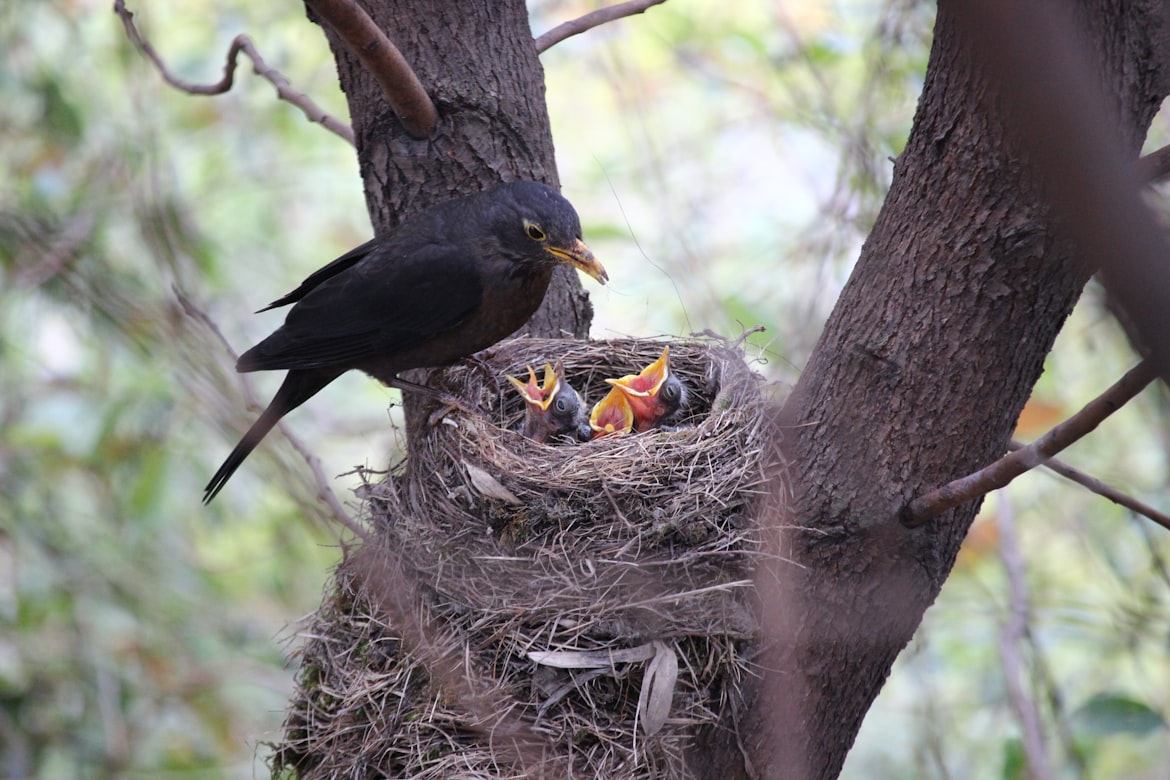
Nests are a crucial aspect of a bird’s life (unless you’re an emperor penguin), and when you find yourself in nature, they should be regarded with the utmost respect and care.
Next April, Habitat will showcase nests and other unique habitats found throughout the gardens and landscapes of Green Bay Botanical Garden and of northeast Wisconsin. Save the date and learn more on our Habitat web page.
Habitat was developed by Smithsonian Gardens and is made available by the Smithsonian Institution Traveling Exhibition Service.


